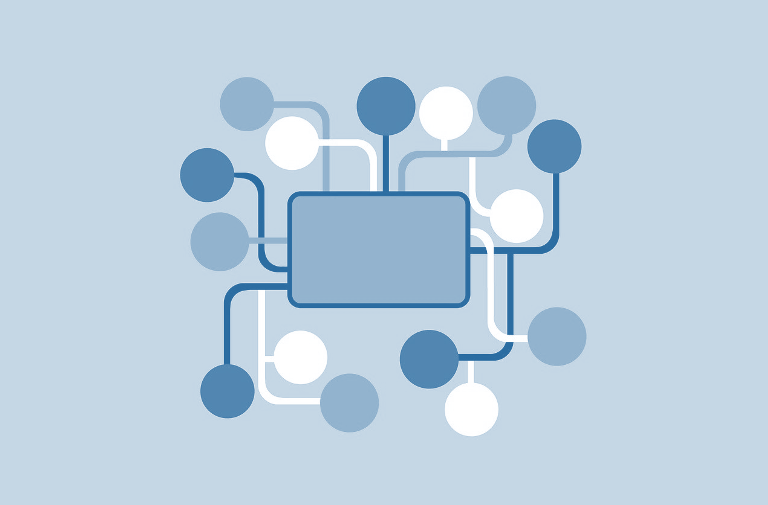- Marschweg 95, 26131 Oldenburg
- info@bvise.de
Menu

Anyone working with SAP EWM and SAP ERP has probably heard of the term qRFC interface. At first, it might sound highly technical and complicated, but it’s actually quite simple.
qRFC stands for queued Remote Function Call. In simple terms, it’s a communication protocol that allows SAP systems to interact with each other. In our case, it ensures smooth data exchange between SAP EWM and SAP ERP—such as inventory levels, material movements, or orders.
The special thing about qRFC is the queue. Imagine if the system had to send information back and forth chaotically, without any order—it would be a disaster! qRFC ensures that data transmission is structured and processed step by step. If an error occurs, the process stops until the issue is resolved. This way, data remains consistent, and inventory records aren’t incorrectly updated.
Let’s say a goods receipt is posted in the warehouse (EWM). Thanks to qRFC, this information is transmitted to ERP, where, for example, the posting appears in the goods receipt accounts. Everything happens in real time, ensuring a smooth material flow without the risk of incorrect data.
The qRFC interface is the silent hero working behind the scenes, ensuring that SAP EWM and ERP remain in sync and function reliably. No unnecessary drama—just pure order and stability.
In the SAP world, paying attention to details is crucial—and qRFC is one of those small but essential tools!